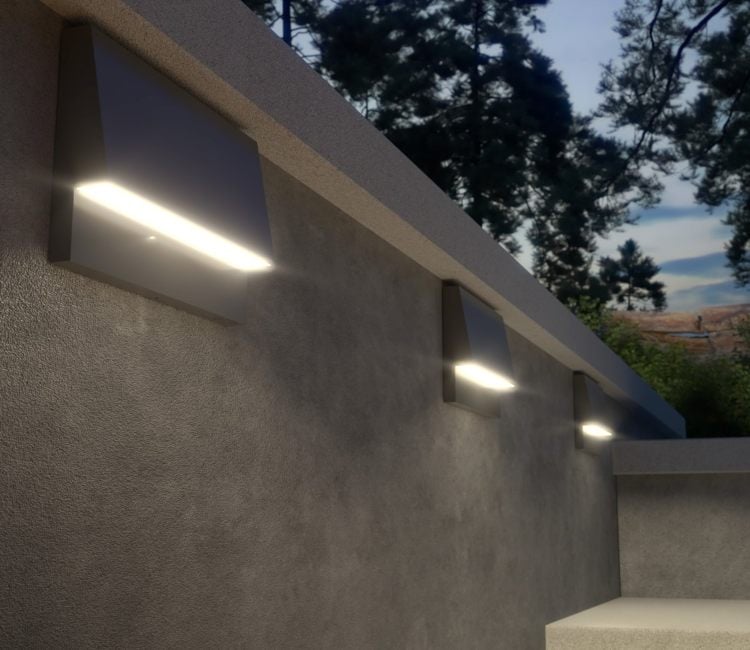This website uses cookies and similar technologies to enhance your experience, conduct analytics, and advertise to you or others. You may manage how we collect, use, and share your personal data by clicking “Preferences”. By clicking “Accept” or continuing to browse the website, you agree to the Terms of Use and Privacy Policy .
This website uses cookies and similar technologies to enhance your experience. Terms of Use and Privacy Policy .
Low voltage lighting transformers are a common way to power residential landscape lighting, but even within this narrowed category of transformers, there are two variations to consider: single tap transformers and multi-tap transformers. In order to choose which type of low voltage landscape lighting transformer is best for your situation, it is best to be informed of both types, how they are commonly used, and what benefits they provide.
Low voltage lighting transformers are easy to install fixtures that convert standard home line voltage (typically 120 volts) to a lower voltage (between 12 and 24 volts). Single tap transformers house all the outlet taps on the same voltage and consistently transform voltage to 12v or 24v.
Multi-tap transformers provide the ability to convert different taps into different voltages, such as one outlet being 12v, another 13v, and so on. Low voltage transformers can be mounted to a wall or are designed to be ground transformers. Because of their low energy output, they are typically used in residential spaces as opposed to businesses and commercial areas.
Multi-tap transformers are ideally suited for landscape lighting because they provide a flexible input and output for the voltage requirements. Terminals may have outputs ranging from 12 volts to 15 volts or up to 24 volts.
Using a multi-tap transformer can help you better manage the lighting brightness, power distribution, and minimize the voltage loss of your outdoor landscape lighting. Since it is capable of transforming energy into various voltages, you can customize the amount of voltage each light or line of lights receives to create your desired brightness and power flow.
The first step in best utilizing a multi-tap transformer is to calculate how much voltage you need to provide to your fixtures. The exact sizing of the transformer is impacted by numerous facets, such as the distance to lights, wire gauge, voltage levels, and overall load. Multi-tap transformers often have a range for their taps, such as some having 12v to 15v. When using any type of landscape light transformer, voltage drops are an unfortunate side-effect. Fortunately, multi-tap transformers are well suited to combat these issues through their different voltage outputs and wiring options.
The more pieces on a wire, the more you risk voltage drops and dimmed lights. As energy flows through the wire, it essentially branches off to each light. The flow of electrical energy diminishes for each time it has to branch off, which means that lights at the end of the line may not have enough energy to shed the same light. That is why wire runs are often split down the middle and center to evenly distribute power throughout all your lights and reduce voltage drops.
Wire splitting and even distribution is an effective way to combat voltage drops, but if you are using a multi-tap transformer, you may also move the wire to a terminal with higher voltage to compensate for voltage drops caused by long distances or a high number of landscape lights.
In residential spaces, perhaps the most common and practical power source is a low voltage lighting transformer. Multi-tap transformers in particular are a popular source of power because of their ability to customize the voltage directed through each line, their flexibility with wiring, and overall affordability. With this knowledge in mind, you may now choose a landscape lighting transformer that will best suit your home’s specific landscaping and lighting needs.

Your discount code is on its way.
If you don't receive your promo code, please check your email junk or spam folder and click on "Not spam".
THANK YOU!
X

